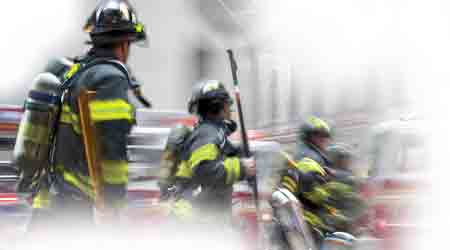Facilities Management's Role in ASU Emergency Response and Recovery Planning
Part 2 of a 3-part article on Facilities Management's role in emergency preparation
The university relies on facilities management to play a central role in emergency response and recovery planning for the same reason that top executives in any organization rely on facility maintenance and engineering managers in a range of key situations: their knowledge of the facilities. No one in an organization has the breadth and depth of knowledge about facility materials, components and systems.
“Many times, the intimate knowledge of particular building systems and how they operate are a key part of this process, so having FM representation on the team is critical,” Pretzman says.
One example involves the need to account for the age of any given facility when planning to respond to an emergency that occurs in it. The university’s buildings range in age from two years old to 120 years old.
“We take into account the age and infrastructure that’s available in a building when we discuss certain response scenarios,” Pretzman says. “In other words, some of our newer buildings have a lot more capability in terms of metering, controls and power options than our older buildings do. The age and configuration of the buildings can affect our capabilities during an emergency.”
“The newer facilities have capabilities that are enhanced beyond some of our older facilities, and we need to make sure we are utilizing those capabilities, whether it’s different control systems or improved redundancy or newer life-safety capabilities.”
As the nature of university life and operations change, campus facilities also change, and new facilities responding to these changes bring additional challenges for emergency response planning.
“ASU is seeing a much greater emphasis on research, and that requires newer buildings and higher technology to support it,” Pretzman says. “With that increased emphasis on infrastructure, the reliability has to be higher and higher.
“The bar has been set higher for the performance of our buildings, and that is moving beyond research buildings into our academic buildings. We try to use that technology and stay current with it so we can provide a reliable and safe environment for the campus community.”
Related Topics:














